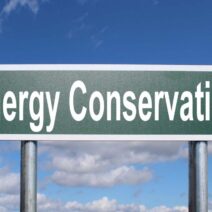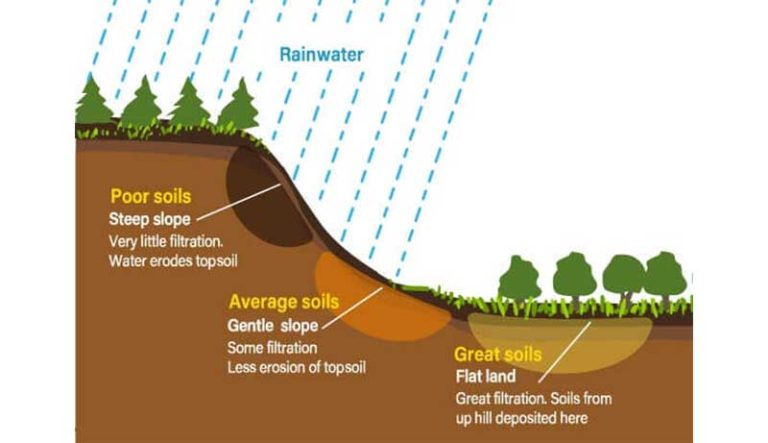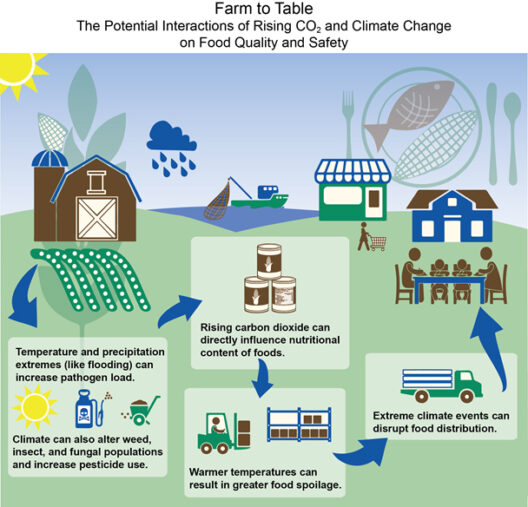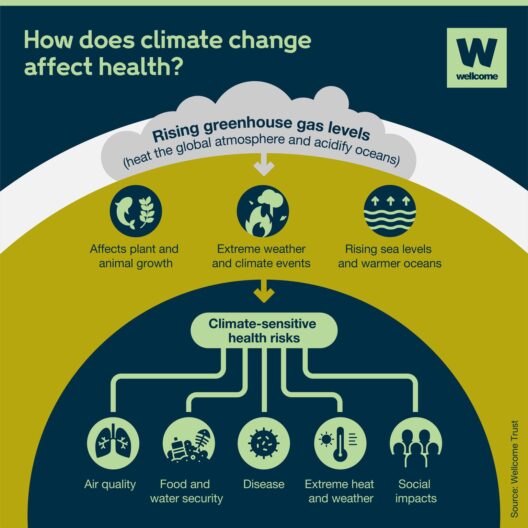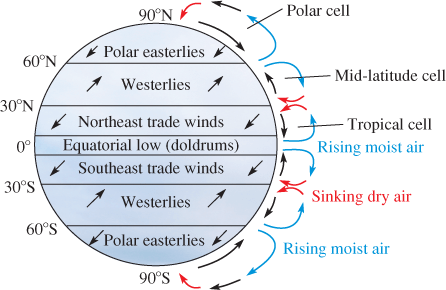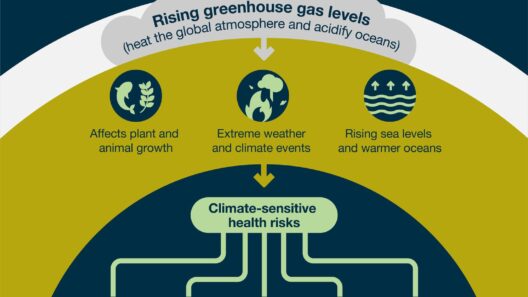Have you ever contemplated how the very ground beneath your feet is shaped by the forces of nature? What intricate dance occurs between climate and soil formation? Understanding this relationship is vital, as it unravels the complexities of our environment and highlights the challenges we face in sustaining soil health under changing conditions.
Climate encompasses various atmospheric variables, such as temperature, precipitation, humidity, and wind, all of which play an integral role in shaping soil over time. Soil formation, or pedogenesis, is a protracted process, often taking thousands of years to create just a few inches of fertile earth. It is influenced by five principal factors: parent material, climate, topography, biological activity, and time. This article delves deeper into the profound influence of climate on soil formation, with a particular focus on dirt temperature and the passage of time.
The first aspect to consider is how temperature affects soil formation. Temperature influences the rate of chemical reactions in the soil, which in turn affects weathering processes. In warm climates, elevated temperatures lead to increased rates of chemical weathering, promoting the breakdown of minerals and organic matter. For instance, in tropical regions, where temperatures are consistently high, we witness the rapid decomposition of organic materials, resulting in a rich topsoil layer. This agglomeration of nutrients is essential for nourishing diverse ecosystems.
Conversely, colder regions experience slowed chemical reactions. The decomposition of organic material occurs at a much slower pace, leading to the accumulation of organic matter and the formation of peat. In these environments, soils may become more acidic, which further influences the types of vegetation that can thrive there. The distinct variances between warm and cold climates illustrate how temperature directly correlates with soil characteristics, giving rise to a wide array of soil types across the globe.
Climate also dictates moisture levels, another crucial factor in soil formation. Precipitation directly influences soil development through processes such as leaching and erosion. In areas of high rainfall, such as rainforests, soils are often highly leached, meaning that nutrients are washed away, leading to nutrient-poor conditions. Yet, despite this, the unique biological activity in these regions—characterized by an abundance of diverse flora and fauna—can compensate by rapidly cycling nutrients back into the soil. In contrast, arid regions face significant challenges. Limited moisture results in slow soil formation, often characterized by high levels of salts, alkaline conditions, and an overall lack of organic matter.
Furthermore, the role of time cannot be overstated in the soil formation process. Soils are dynamic entities that evolve over extensive periods. The time factor in soil development is particularly poignant when examining how climate change accelerates or decelerates these processes. For example, as global temperatures rise, the rates of soil formation and erosion can become imbalanced. Warmer temperatures can lead to increased evaporation rates, subsequently drying out arid regions while simultaneously enhancing the moisture content in cooler, humid areas, creating inconsistencies in soil health.
The interplay of time and climate creates unique challenges. How do we reconcile soil health amid shifting climatic conditions? As soil takes millennia to develop, the rapid pace of climate change poses a significant threat to the longevity and fertility of our soils. This is evident in vulnerability to erosion, which can be exacerbated by extreme weather patterns, such as heavy rainfall or drought. Topsoil, which is the most fertile layer, can be lost in a matter of moments, while its regeneration will require extensive time and stable climatic conditions.
As we consider the long-term development of soils, we must highlight the role of anthropogenic activities in exacerbating climatic effects. Practices such as deforestation, over-grazing, and unsustainable agriculture can degrade soil quality, diminish organic carbon levels, and reduce its ability to retain water. The soil’s history is marked by slow and steady processes, yet human intervention can significantly disrupt this balance faster than nature can restore it.
In addressing these challenges, solutions must be grounded in our understanding of how to coexist with our ecosystems. Regenerative agricultural practices, such as cover cropping and reduced tillage, can help bolster soil health by improving organic matter content and enhancing moisture retention. Additionally, reforestation and afforestation efforts can significantly contribute to stabilizing climate impacts on soil formation and health. These methods not only facilitate soil regeneration but also serve to create more resilient ecosystems capable of withstanding the adverse effects of climate variability.
In closing, the relationship between climate and soil formation is a multifaceted and intricate bond that warrants our attention. As we interrogate how factors such as temperature, moisture, and time intertwine, it becomes evident that the integrity of our soils hangs in a delicate balance, influenced by both natural processes and human actions. The future of soil health rests upon our recognition of this connection and our commitment to preserving our planet in the face of dramatic climate shifts.


